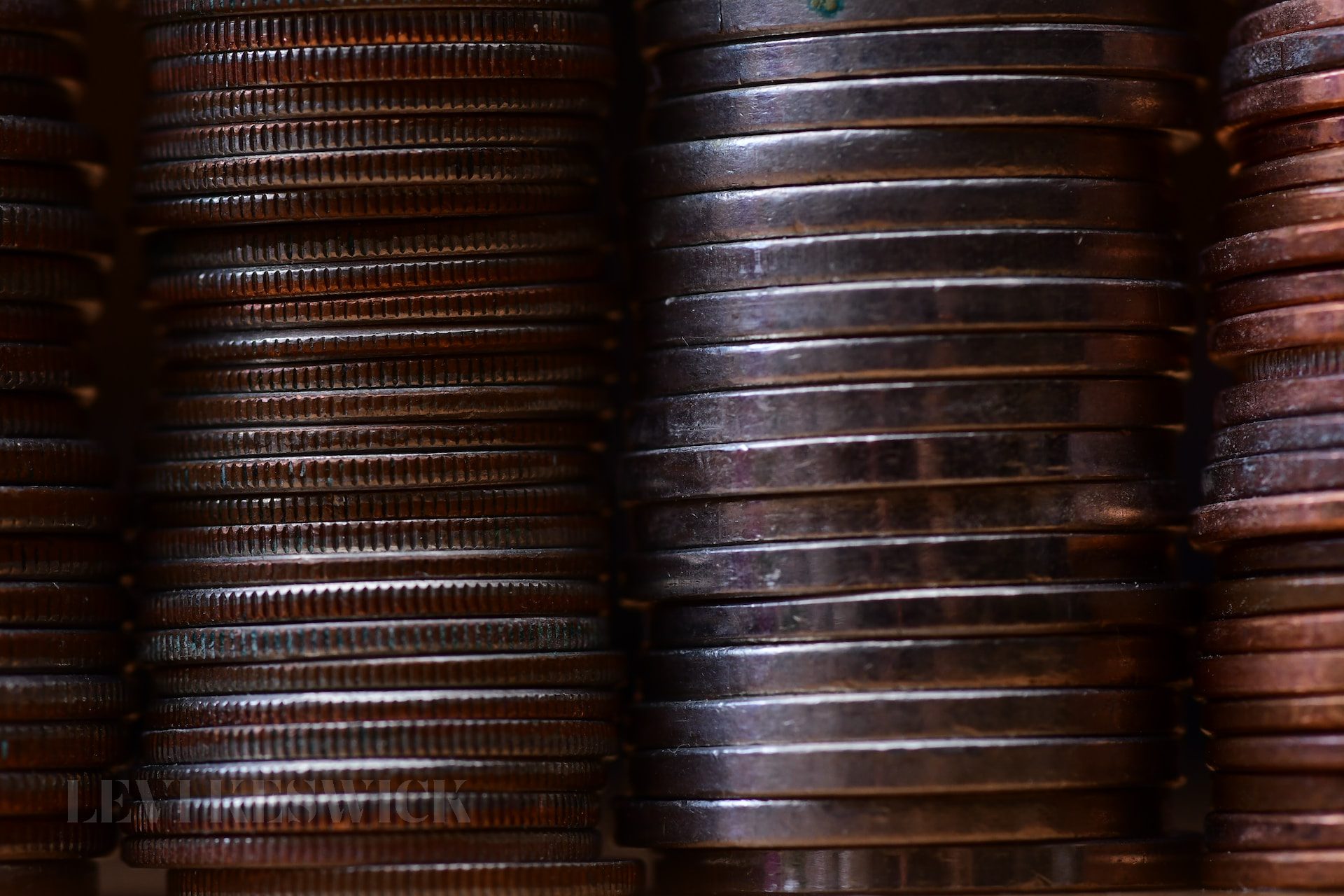Key Takeaways:
- The historical significance and composition of the 1993 Jefferson Nickel.
- Different varieties of the 1993 Jefferson Nickel.
- The intriguing world of error coins.
- Potential value and worth of the 1993 Jefferson Nickel.
The Essence of the 1993 Jefferson Nickel
The 1993 Jefferson Nickel, a brilliant piece of coin history, exhibits a fusion of 25% nickel and a substantial 75% copper. This meld of metals endows the coin with its distinctive lustrous facade. Throughout its lineage, the Jefferson nickel has predominantly retained this metal blend. Yet, wartime demands ushered in a brief period between 1942 and 1945 when the blend was altered in favor of other metals crucial for the wartime machinery.
The evolution from the Buffalo nickel, which spanned from 1913 to 1938, to the Jefferson nickel in 1938 was spurred by the challenges associated with minting the former. Twenty-five years post its inception, as permitted by law, the coin’s design metamorphosed into what we now recognize as the Jefferson nickel.
Flaunting a profile of Thomas Jefferson on the obverse and a portrayal of the Monticello Mansion on the reverse, the 1993 Jefferson Nickel is a symbolic tribute to the third President of the United States.
Unveiling the Varieties of the 1993 Jefferson Nickel
While the 1993 Jefferson Nickel embodies a singular identity, it houses several mint mark variations.
1993 D Jefferson Nickel – Denver’s Craftsmanship:
Denver’s contribution to the 1993 nickel lineage is notable, with a production of over 406 million pieces. While the mass production ensures their availability, higher graded coins, especially those possessing Full Steps, can command substantial values.
1993 S Jefferson Nickel – San Francisco’s Lustrous Legacy:
San Francisco’s penchant for crafting proof coins, endowed with enhanced details and sheen, is evident in the 1993 nickel. These proof coins, with their heightened visual appeal, are a collector’s delight.
1993 P Jefferson Nickel – Philadelphia’s Prolific Production:
Philadelphia outpaced its counterparts with a production exceeding 412 million nickels in 1993. While these coins are relatively accessible, those in premium condition can fetch collectors a premium.
The Allure of Error Coins
In the vast sea of over 821 million Jefferson nickels minted in 1993, there lie a few intriguing aberrations— the error coins. These anomalies, whether due to mechanical glitches or human oversight, hold a special place for collectors.
- Struck-through Errors: These occur when an external element interferes during the minting process, leading to incomplete engravings.
- Die Crack Errors: The intense pressure exerted on the dies during minting can sometimes cause them to fracture, imparting unique markings on the coin.
- Clipped Planchet: Some coins display a unique non-circular appearance due to a section of their rim being clipped before the minting process.
- Nickel-clad Error: Occasionally, the nickel fails to entirely cloak the copper core, resulting in regions of discoloration on the coin.
Estimating the Worth of the 1993 Jefferson Nickel
At its core, the 1993 Jefferson Nickel retains a face value of 5 cents. Its intrinsic value, determined by its metal content, hovers around a modest $0.0716. However, for numismatists and collectors, the coin’s worth can vary significantly based on its condition, rarity, and any anomalies it might harbor. Especially those with Full Step designations or in pristine condition can demand higher market prices.
Final Thoughts: A Numismatic Delight
The 1993 Nickel Error and its counterparts present an intriguing exploration for collectors, historians, and enthusiasts alike. As we immerse ourselves in the tales these coins narrate, we are reminded of the intricate dance of history, artistry, and economics that they represent. With every anomaly or design tweak, they offer a fresh story, waiting to be unraveled.








